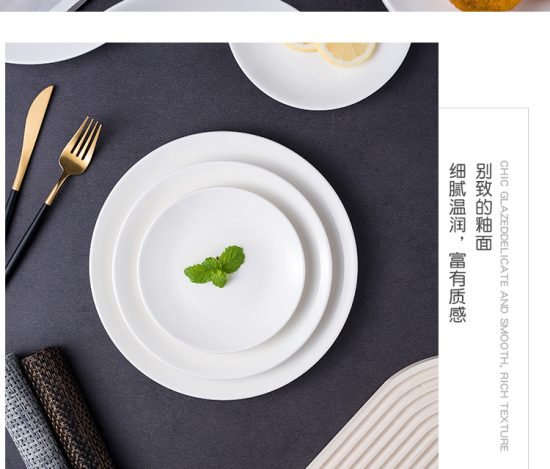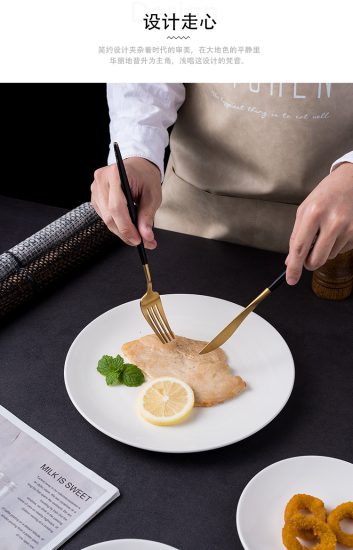Teapots hold great significance in the realm of tea culture and have played a vital role in shaping tea-drinking traditions worldwide. Here are some key aspects highlighting the significance of teapots:
- Facilitating the Brewing Process: Teapots serve as vessels for brewing tea, allowing tea leaves to steep in hot water and release their flavors and aromas. The design of teapots, including their shape, materials, and filters, affects the brewing process, influencing the extraction of compounds and the resulting taste of the tea.
- Enhancing the Tea-Drinking Experience: Teapots contribute to the overall sensory experience of enjoying tea. Their aesthetic appeal, craftsmanship, and cultural symbolism add to the visual pleasure of tea rituals. Teapots with well-designed spouts and handles facilitate pouring and serving, ensuring a smooth and controlled flow of tea.
- Preserving and Displaying Tea Culture: Teapots are vessels that preserve and showcase the traditions, history, and cultural significance of tea. Different cultures have developed their unique teapot designs, reflecting their artistic sensibilities and tea-drinking customs. Teapots often embody cultural symbolism and serve as tangible representations of tea heritage.
- Symbolizing Hospitality and Sharing: Teapots are associated with hospitality, warmth, and sharing. Offering tea from a teapot is a gesture of welcoming guests, fostering social connections, and creating moments of relaxation and conversation. Teapots become a focal point for gathering, bonding, and creating cherished memories around tea ceremonies or casual tea sessions.
- Artistic Expression and Craftsmanship: Teapots are highly regarded as objects of art and craftsmanship. Skilled artisans create teapots using various techniques, materials, and styles, showcasing their mastery and creativity. Teapot designs often incorporate intricate patterns, delicate engravings, and harmonious proportions, making them aesthetically pleasing and collectible items.
- Functional and Practical Utility: Teapots fulfill practical needs in tea preparation. They provide a dedicated vessel for steeping and serving tea, keeping it warm and accessible for multiple servings. Teapots with effective lids, spouts, and handles enable easy pouring, minimizing spills, and ensuring a pleasant tea-drinking experience.
- Cultural Significance and Rituals: Teapots have cultural significance tied to specific tea-drinking traditions and rituals. For example, in Japanese tea ceremonies, the teapot (known as a kyusu) is carefully chosen to complement the overall aesthetic of the ceremony and represents the host’s appreciation for beauty and attention to detail.
- Collectible and Valuable Objects: Teapots can be highly valued as collectible items, especially those crafted by renowned artisans or associated with historical significance. Collectors appreciate teapots for their rarity, craftsmanship, historical context, or unique designs. Antique teapots can hold historical value and provide insights into past tea-drinking cultures.
Teapots hold a special place in the world of tea, transcending their utilitarian purpose to become objects of art, cultural symbolism, and cherished companions in tea-drinking traditions. Their significance lies not only in their functionality but also in the stories they tell and the connections they foster among tea lovers worldwide.


